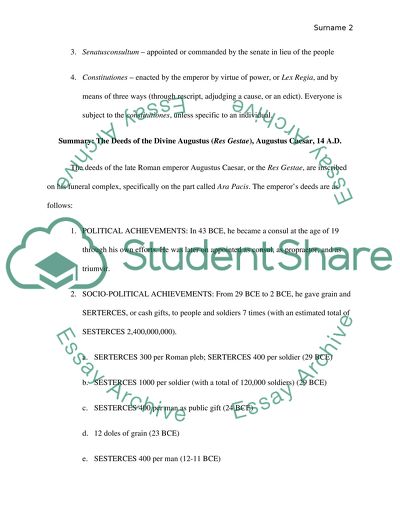Cite this document
(“Justinians Institutes Book Report/Review Example | Topics and Well Written Essays - 1250 words”, n.d.)
Retrieved de https://studentshare.org/religion-and-theology/1391321-summary
Retrieved de https://studentshare.org/religion-and-theology/1391321-summary
(Justinians Institutes Book Report/Review Example | Topics and Well Written Essays - 1250 Words)
https://studentshare.org/religion-and-theology/1391321-summary.
https://studentshare.org/religion-and-theology/1391321-summary.
“Justinians Institutes Book Report/Review Example | Topics and Well Written Essays - 1250 Words”, n.d. https://studentshare.org/religion-and-theology/1391321-summary.


